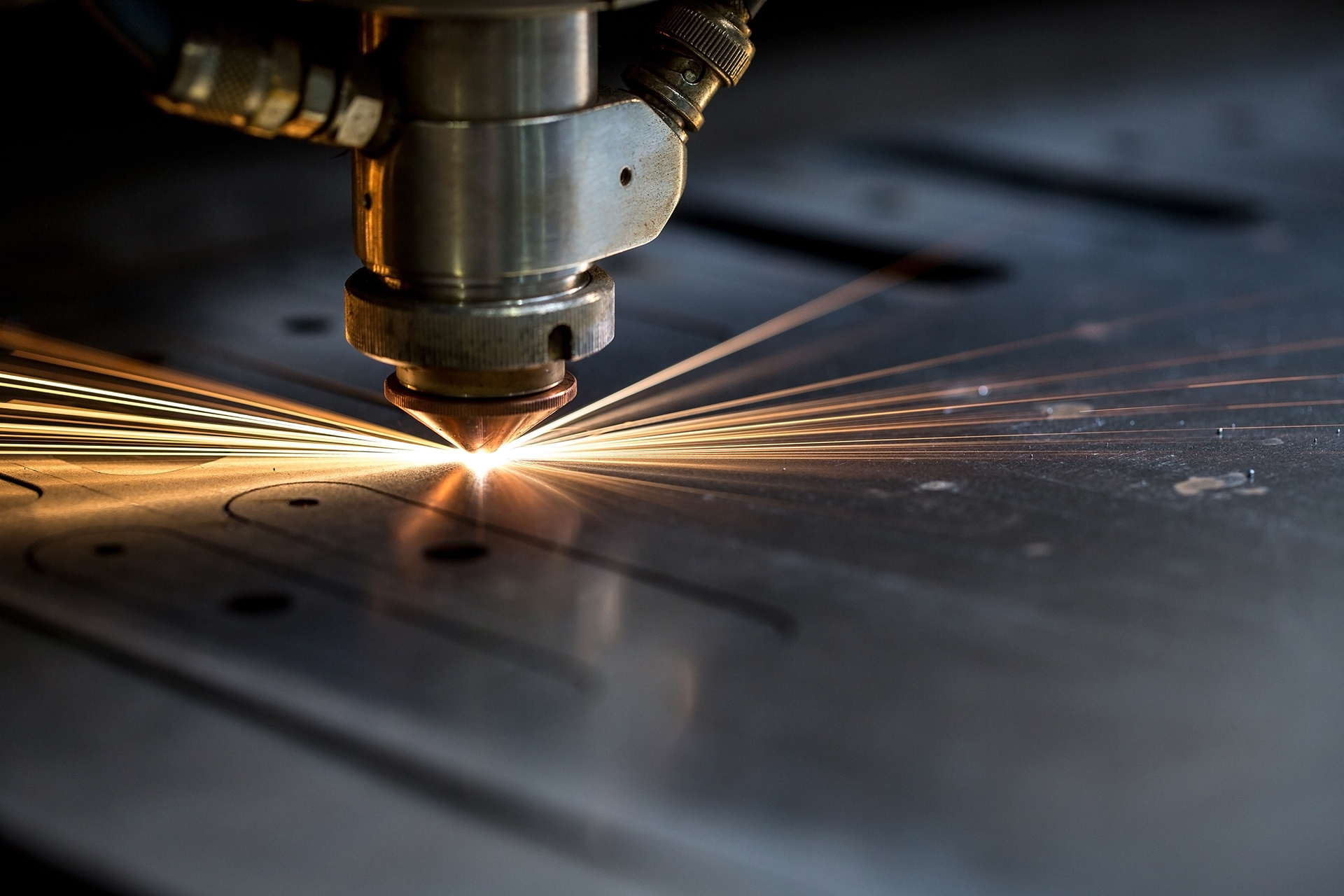Better buffers boost laser lifetimes

Researchers in California claim to have set a new lifetime record for III-V-on-silicon, 1.3 μm lasers by slashing the threading dislocation density in the GaAs buffer layer.
The quantum dot lasers that they form, which can operate for millions of hours, could aid efforts directed at the monolithic integration of large-scale silicon electronics and III-V photonic devices.
"The breakthrough of our work is that we have reduced the threading dislocation density in the GaAs-on-silicon template from 3x108 cm-2 to 7x106 cm-2," explains Daewhan Jung, spokesman for the partnership between researchers at the University of California, Santa Barbara, and Intel.
This lower threading dislocation density increased the lifetime of the laser by five orders of magnitude to more than ten million hours. In comparison, the incumbent III-V-on-silicon technology that has been developed over the last decade "“ GaAs-based quantum-well lasers "“ tends to lead to device failure within just hundreds of hours, due to dark-line defects.
The West-coast team underlined the importance of a high-quality buffer layer by evaluating the lifetime of quantum dot lasers formed on GaAs-on-silicon structures of varying quality.
For all the lasers, the underlying structure included an MOCVD-grown, 45 nm-thick psuedomorphic layer of GaP that is free from strain relaxation and anti-phase domains. "Through a special heat treatment and surface preparation before film growth, high-quality GaP can be grown on on-axis (001) silicon without an intentional miscut," adds Jung.
First-generation lasers were produced on a GaAs buffer layer that was formed by MOCVD growth at two different temperatures, while fabrication of second-generation devices involved an additional four cycles of thermal annealing. The team also produced third-generation lasers by starting with the second-generation approach and adding strained superlattices, formed from the pairing of InGaAs and GaAs. These superlattices are designed to act as dislocation filters.
Scrutinising all three forms of buffer layer with electron channel contrast imaging revealed that the threading dislocation density could be cut from 2.8 x 108 cm-2 to 7.1 x 107 cm-2 and then to 7.3 x 106 cm-2 by progressing from the process used for generation one lasers to that used for generations two and three.
Reducing the threading dislocation density enables a tremendous improvement in the lifetime of the quantum dot laser.
After conducting these measurements, the engineers loaded all three forms of template into an MBE chamber and grew GaAs/AlGaAs graded-index separate confinement heterostructures. Seven modulation-doped quantum dots layers were used in the first and second generation lasers. Meanwhile, third-generation devices contained five unintentionally doped quantum dot layers "“ this active region promises to lead to lower threshold currents at room-temperature.
Engineers processed the epiwafers into lasers with ridge waveguide widths between 3 μm and 5 μm, and cavity lengths varying from 1 μm to 1.64 μm. To improve performance, one of the laser facets was coated with a film that has a reflectivity of 99 percent.
Reliability testing at Intel revealed that the first generation lasers had a lifetime, defined as the time taken to double the threshold current, of just 355 hours at 35 ËšC. In comparison, second and third generation devices had lifetimes of tens of thousands of hours and tens of millions of hours, respectively. When the temperature of the third-generation devices reached 60 ËšC, lifetime fell to around 65,000 hours.
Jung says that in data centres, lasers may have to operate at temperatures of between 60 ËšC and 80 ËšC. "We chose 60 ËšC as a first step to test our laser's viability at increased temperatures. We plan to increase the testing temperature to 80 ËšC."


































